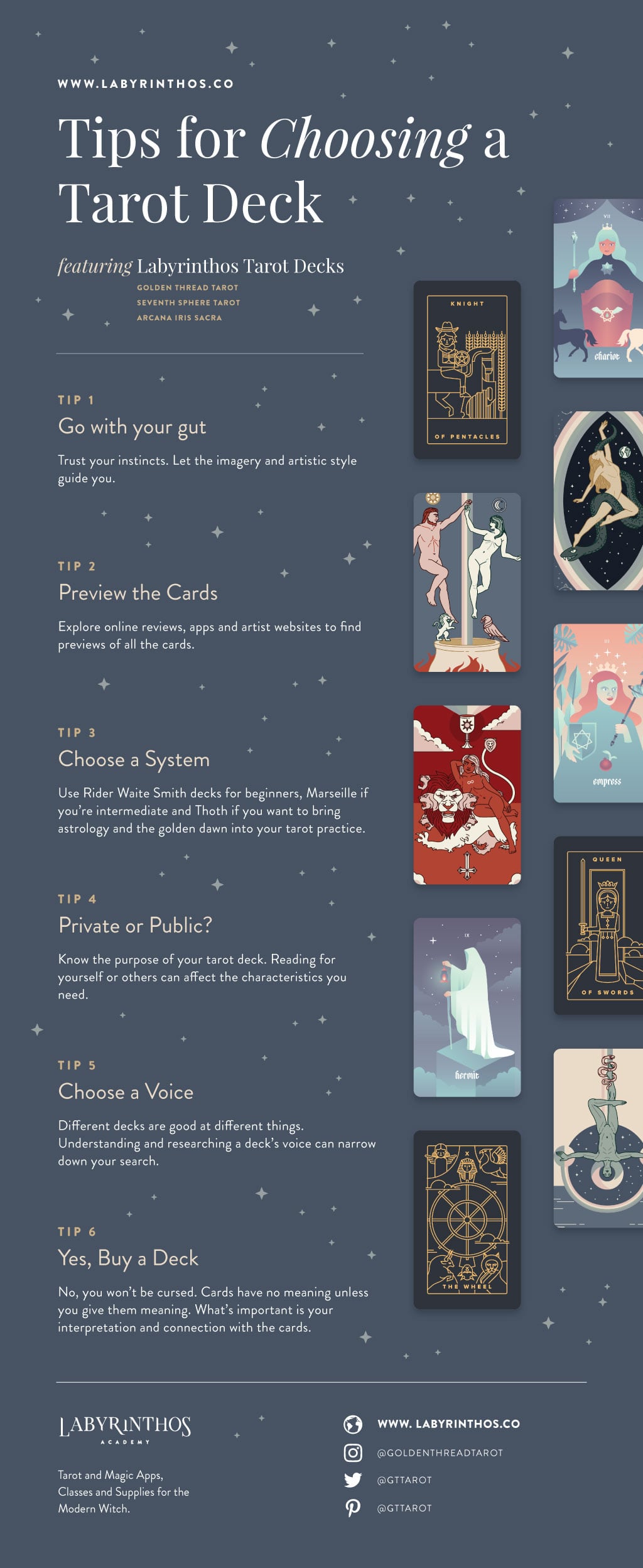So, I got into tarot a while back, right? And pretty soon, I started noticing something… the cards weren’t all the same flipping size. Seemed obvious once I thought about it, but it kinda bugged me at first, especially when I was trying to get a feel for shuffling.

My First Real Encounter with Different Sizes
I remember I had this one deck, my first one, probably what everyone calls “standard.” Then I bought another one online, looked all pretty and indie, and bam! It arrived and it was wider. Significantly wider. Shuffling was a whole new challenge, and not in a good way for my average-sized hands. That’s when I really started to dig into this whole tarot card dimensions thing. I figured, there must be some rhyme or reason to it, or maybe it’s just a free-for-all.
So, I did what any slightly obsessive person would do. I started measuring the few decks I owned at that point. Got out a basic ruler, nothing fancy. My initial, very scientific findings were all over the place:
- Deck A: This was my original. Felt like the classic. Turned out to be around 2.75 inches by 4.75 inches. Or thereabouts. Seemed like a good baseline.
- Deck B (the problematic new one): This chunky fella was a good 3 inches wide, maybe even a smidge more, and still that 4.75 inches tall. Looked great spread out, but felt like trying to shuffle a small stack of dinner plates. My thumbs were not happy.
- Deck C (a tiny travel one I picked up on a whim): Super cute, pocket-sized. But the images were so small I practically needed a magnifying glass to see the details. Almost like those mini playing card decks, maybe a bit narrower.
What’s the “Deal” with These Sizes Anyway?
After that initial fumbling, I went down the rabbit hole a bit. Started looking at descriptions for decks I didn’t own, just to see what numbers people were throwing around. Turns out, there isn’t one “official, set-in-stone” size, which, honestly, figures. Everyone’s got their own idea of what’s best, or what suits their artwork.
But I did notice a few common themes cropping up. That one I called “classic,” that 2.75 x 4.75 inches (or roughly 70mm x 120mm for you metric folks out there), that seems to be the most common, especially for decks that try to be, well, traditional. Lots of the big-name, mass-market decks stick close to that. It’s a decent balance, I guess. Big enough to see the art clearly, small enough for most people to handle without too much fuss.
Then you’ve got your larger cards. Some folks call them “altar cards” or “study cards,” or sometimes they’re just from artists who want a bigger canvas. These can be pretty massive. Good for display, or if your eyesight isn’t what it used to be, or for teaching groups. But try shuffling those without looking like you’re wrestling an octopus. Seriously, it’s an effort.

And the tiny ones! I get the appeal for carrying them around, stuffing them in a bag. But for me, the connection to the images gets a bit lost when they’re postage stamp-sized. Just my two cents. It feels more like a novelty sometimes than a working deck, but hey, to each their own.
What I Learned and Kind of Settled On (For Now)
After all that messing about, measuring, and nearly spraining my wrists trying to riffle shuffle oversized cards, I found I still lean towards that “standard” Rider-Waite-Smith kind of dimension. It just feels right in my hands. It’s what I’m used to. Easy enough to shuffle, big enough to appreciate the artwork, doesn’t take up my entire table when I do a big spread.
But here’s the kicker, and it’s probably obvious: it’s totally personal. What works for me and my shuffling style might be a nightmare for someone else. If you’ve got giant hands, maybe those bigger cards are perfect. If you’re all about portability and quick readings on the go, then mini it is.
My biggest takeaway from all this? Don’t just look at the pretty pictures and the cool themes online when you’re thinking of buying a new deck. Always, and I mean always, check the listed dimensions. Hunt for them in the description. Seriously. It can save you a bit of buyer’s remorse, or at least prepare you for what you’re getting into. Or, if you’re like me and just gotta try everything at least once, well, then you’ll probably end up with a collection of all sorts of sizes and your own strong opinions too. It’s a journey, I tell ya, even the seemingly simple stuff like card size.